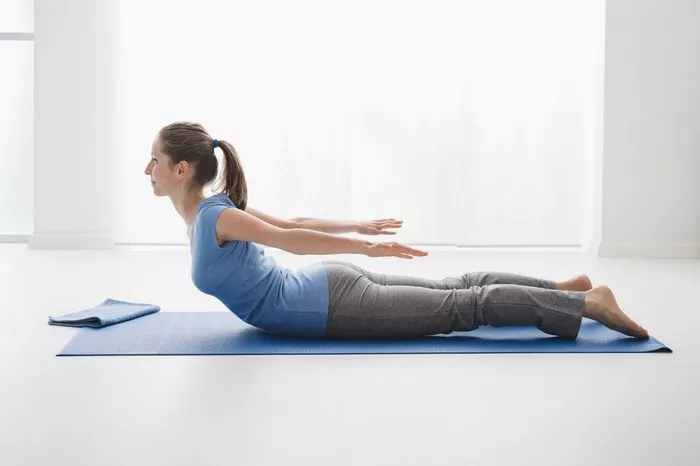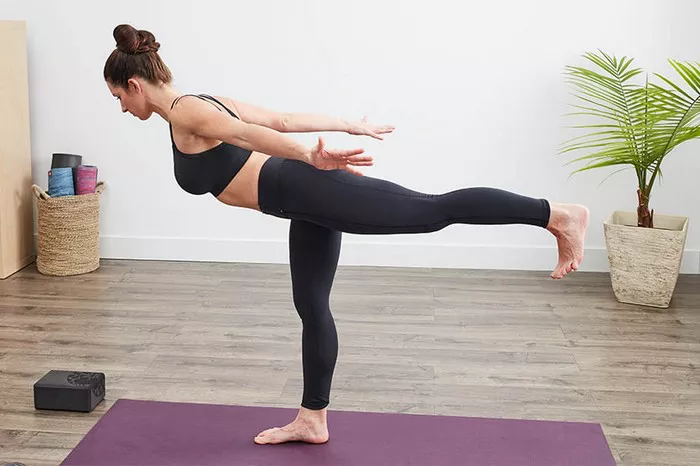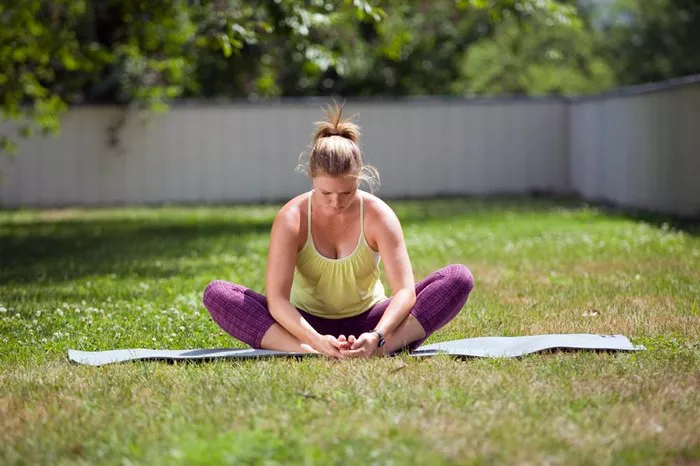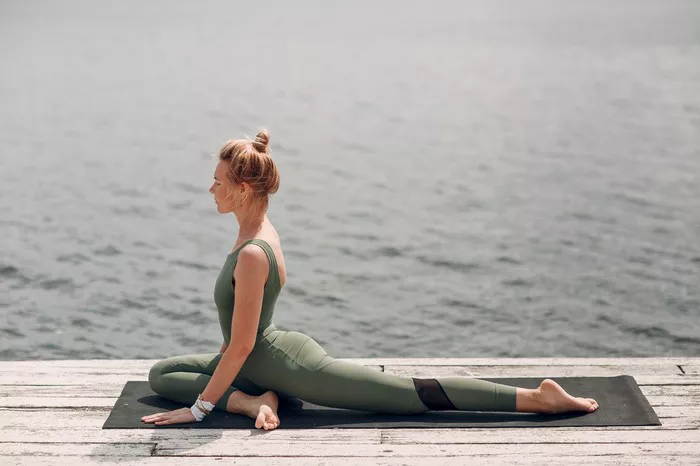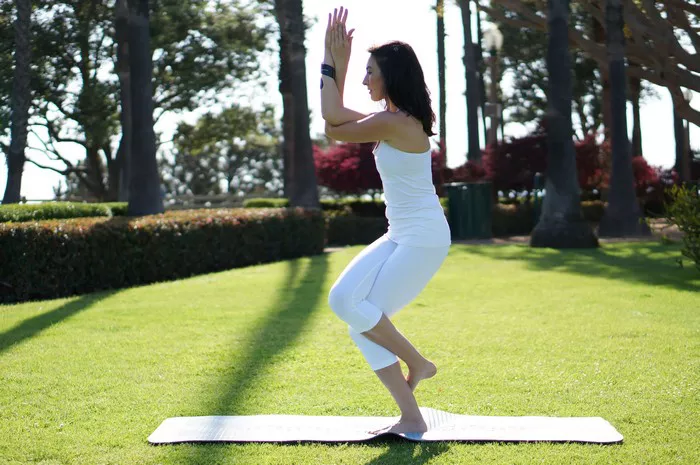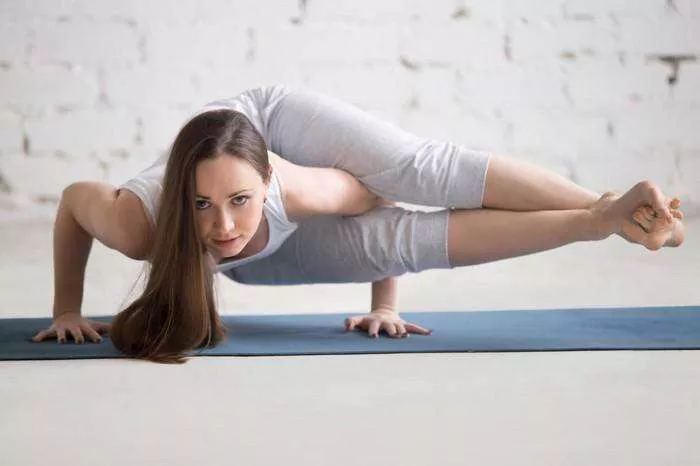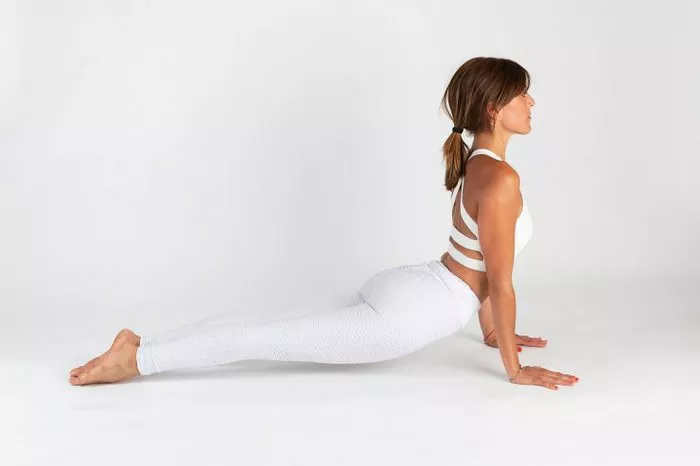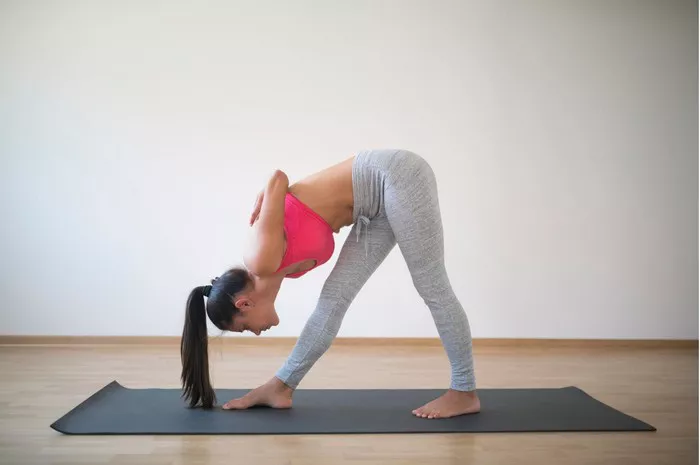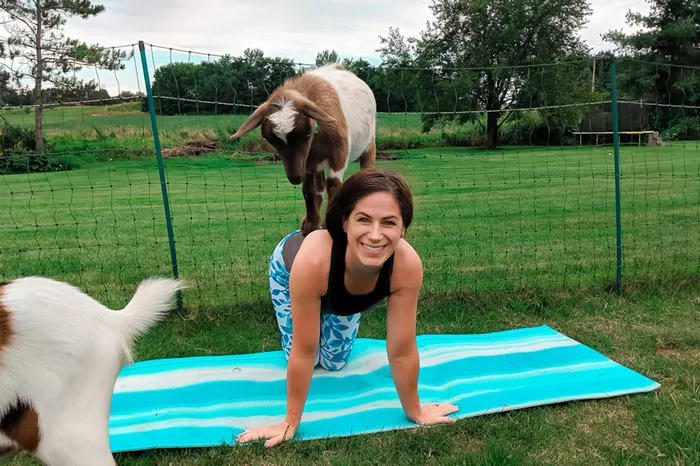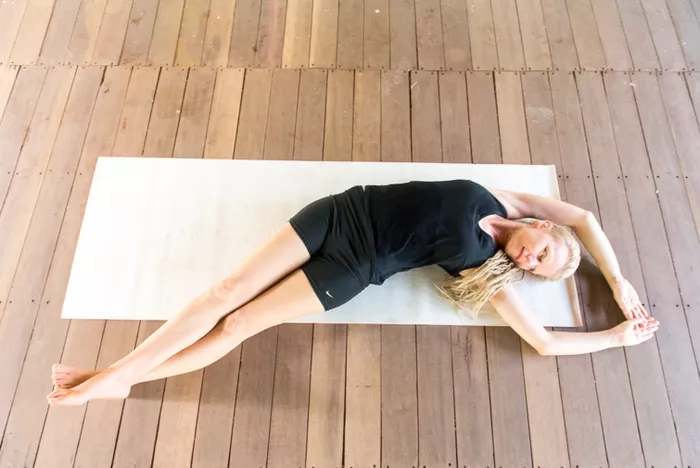Breathing is a fundamental aspect of yoga, especially for individuals managing scoliosis, a condition characterized by an abnormal curvature of the spine. Effective breathing techniques help improve oxygen flow, reduce tension, and support spinal alignment. When practicing yoga for scoliosis, breathing is not merely about inhaling and exhaling but involves mindful, controlled, and deep breaths that aid in muscular relaxation and enhance the benefits of each posture. This mindful approach can significantly impact posture correction and pain management.
For people with scoliosis, breathing can be challenging due to the uneven space available for lung expansion caused by the spinal curvature. The asymmetry of the rib cage often restricts lung capacity on one side, leading to shallow breathing patterns. Yoga breathing techniques, or pranayama, work to counteract these limitations by encouraging fuller lung expansion, promoting balance in the respiratory muscles, and improving overall lung function. This helps alleviate some symptoms related to scoliosis, such as fatigue and breathlessness.
The Importance of Diaphragmatic Breathing in Scoliosis Yoga
One of the most beneficial breathing techniques for scoliosis is diaphragmatic or abdominal breathing. This type of breathing focuses on engaging the diaphragm, the primary muscle used in respiration, rather than shallow chest breathing. Diaphragmatic breathing promotes deep, slow breaths that fill the lower lungs, increasing oxygen intake and calming the nervous system.
People with scoliosis often develop compensatory breathing patterns due to uneven rib cage movement. Diaphragmatic breathing encourages symmetry in breath distribution by consciously activating the diaphragm and abdominal muscles, which can help improve posture and spinal mobility. This technique also enhances core stability, which is crucial for supporting the spine and reducing discomfort caused by scoliosis.
How to Practice Diaphragmatic Breathing
- Sit or lie down comfortably with your back straight.
- Place one hand on your chest and the other on your abdomen.
- Inhale slowly through your nose, focusing on expanding your abdomen while keeping your chest relatively still.
- Exhale gently through your mouth or nose, feeling your abdomen fall inward.
- Repeat this process for several minutes, maintaining a relaxed and steady rhythm.
Consistent practice of diaphragmatic breathing during yoga sessions can improve respiratory efficiency and contribute to better spinal health.
Pranayama Techniques Beneficial for Scoliosis
Pranayama, the yogic practice of breath control, includes several techniques that can be tailored to the needs of individuals with scoliosis. These breathing exercises help increase lung capacity, balance autonomic nervous function, and strengthen respiratory muscles that support spinal posture.
Nadi Shodhana (Alternate Nostril Breathing)
Nadi Shodhana is particularly helpful for calming the mind and improving oxygen flow. It balances the left and right hemispheres of the brain and encourages symmetrical breathing, which is important for scoliosis patients who often experience imbalance in body function.
Steps to practice Nadi Shodhana:
- Sit in a comfortable position with a straight spine.
- Close your right nostril with your thumb and inhale slowly through the left nostril.
- Close the left nostril with your ring finger, release the right nostril, and exhale through the right.
- Inhale through the right nostril, close it, and exhale through the left.
- Continue this alternating pattern for 5 to 10 minutes.
Ujjayi Breath (Victorious Breath)
Ujjayi breath involves slight constriction of the throat to create a soft hissing sound during inhalation and exhalation. This breathing method warms the body and builds internal heat, which can improve muscle flexibility and ease stiffness common in scoliosis.
Practicing Ujjayi breath during yoga postures helps maintain focus and control, essential for safely managing spinal curvature.
Integrating Breathing with Yoga Postures for Scoliosis
Breathing techniques should not be practiced in isolation but integrated with specific yoga postures designed for scoliosis management. Coordinating breath with movement maximizes the therapeutic effects, helping to open restricted areas, strengthen muscles, and improve spinal alignment.
Key Yoga Poses to Pair with Breath Work
- Cat-Cow Pose (Marjaryasana-Bitilasana): Synchronize your breath with spinal movements by inhaling to arch the back and exhaling to round it. This gentle mobilization increases lung capacity and spinal flexibility.
- Extended Side Angle Pose (Utthita Parsvakonasana): Use deep, steady breaths to lengthen the side body and open the rib cage, improving lung function on the compressed side of the torso.
- Bridge Pose (Setu Bandhasana): Focus on diaphragmatic breathing to lift the chest and expand the lungs while strengthening the back muscles supporting the spine.
- Child’s Pose (Balasana): This resting posture encourages slow, deep breaths that relax the nervous system and reduce muscle tension around the spine.
Tips for Coordinating Breath and Movement
- Always start with deep inhalations through the nose to prepare the body.
- Exhale slowly and completely during movements that involve spinal extension or twisting.
- Maintain awareness of breath quality; avoid shallow or erratic breathing patterns.
- Use breath as a guide to move within your comfort zone, respecting spinal limitations.
Benefits of Breath Awareness in Scoliosis Yoga Practice
Developing breath awareness through yoga offers several advantages for scoliosis patients. It promotes relaxation by activating the parasympathetic nervous system, which lowers stress and muscle tension. Reduced tension helps ease pain often associated with scoliosis, making yoga practice more comfortable and effective.
Improved breath control also enhances body awareness and proprioception, critical for individuals working to correct postural imbalances caused by spinal curvature. Mindful breathing fosters a connection between mind and body, encouraging gentle progression in flexibility and strength without overexertion.
Safety Considerations When Practicing Breathing with Yoga for Scoliosis
While breathing exercises and yoga can be highly beneficial, scoliosis patients should approach their practice with care. Improper technique or overexertion can exacerbate symptoms or cause discomfort. It is important to:
- Consult with a healthcare professional or a certified yoga therapist specializing in scoliosis before beginning any new practice.
- Avoid breath retention or forceful breathing techniques that increase intra-abdominal pressure, as they may strain the spine.
- Use props like cushions and blocks to support proper posture and breathing alignment.
- Listen to your body and discontinue any practice that causes pain or dizziness.
Following these guidelines ensures a safe and effective breathing and yoga routine tailored to individual needs.
Developing a Daily Breathing Routine for Scoliosis Management
Consistency is key in reaping the benefits of breathing practices for scoliosis. Establishing a daily routine helps reinforce proper breathing patterns and supports long-term spinal health. A sample routine may include:
- 5 minutes of diaphragmatic breathing to center yourself.
- 10 minutes of pranayama techniques such as Nadi Shodhana or Ujjayi breath.
- Integration of breathing with gentle yoga postures focusing on spinal alignment.
- Ending with a relaxation pose like Savasana, focusing on slow, even breaths.
Daily commitment to this routine can improve respiratory function, reduce pain, and enhance overall well-being.
Conclusion
Breathing is a cornerstone of yoga therapy for scoliosis, offering a non-invasive, natural way to support respiratory health and spinal function. By mastering diaphragmatic breathing and pranayama techniques, individuals with scoliosis can enhance lung capacity, reduce muscular tension, and improve posture.
Integrating breath awareness with targeted yoga postures creates a holistic approach to scoliosis management, fostering physical balance and mental calmness. With careful practice and professional guidance, breathing exercises within yoga can become a powerful tool to enhance quality of life for those living with scoliosis.
Related Topics:

